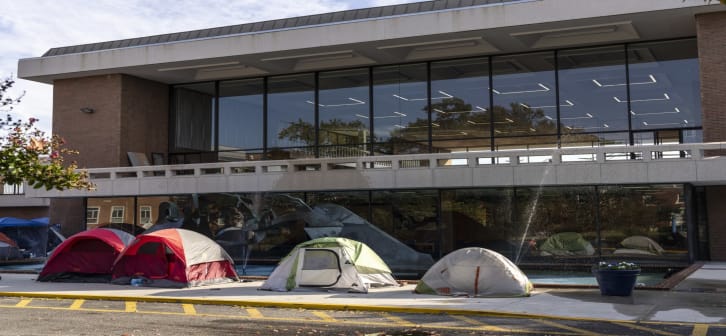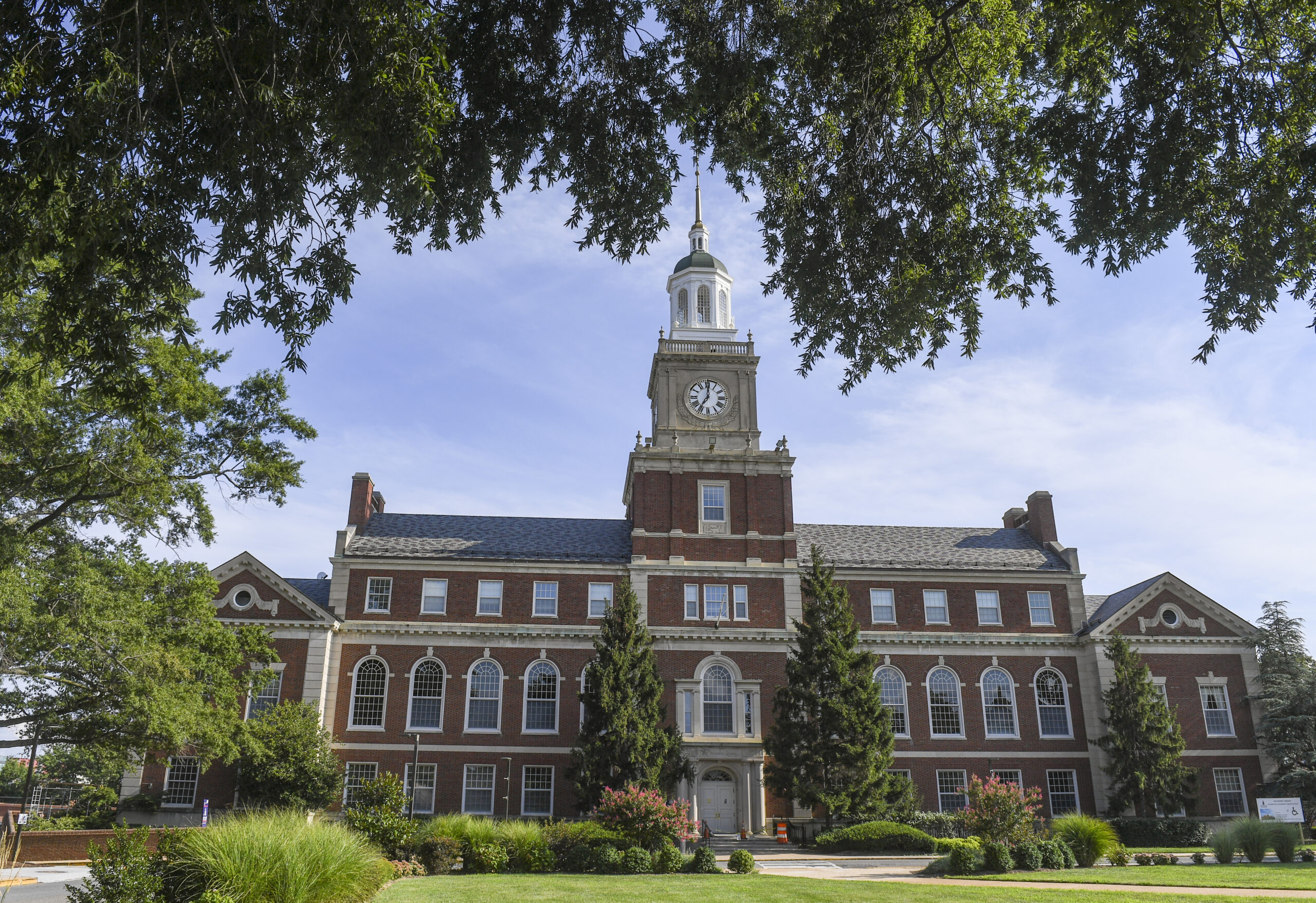Howard University Student Protesters Reach Agreement With Administration
Writer
Writer

- Protesters were seeking accountability over poor housing conditions on campus.
- Students say they've reached a memorandum of understanding with the school's administration.
- Protest leaders had been negotiating with school officials for nearly three weeks.
Thirty-three days of protest at Howard University culminated in an agreement between students and administrators to ensure better housing conditions on campus.
Students fed up with housing conditions launched the protest in October with a staged sit-in at the Armour J. Blackburn University Center. They also took their movement to social media, where the hashtag #BlackburnTakeover trended as students document their movement.
On Monday, student protesters announced that they had reached a confidential memorandum of understanding with school officials addressing their concerns.
"We were fed up. We'd had enough and we were ready to make change for our beloved Howard University by holding administration accountable by any means necessary," student leader Aniyah Vines said during a live-streamed address announcing the end of the protest.
Channing Hill, one of the student leaders, did reveal that the memorandum would place student housing conditions under increased scrutiny from the school moving forward.
The memorandum also addresses accountability and transparency issues related to on-campus housing, which has been maintained by third-party operators, the university said in a separate announcement.
Student protest co-leader Erica England said she and her fellow protesters negotiated with Howard University officials for 20 days before the agreement was reached.
She expressed thanks to organizations including the NAACP, Freedom Fighters DC, and Harriet's Wildest Dreams for standing with the students and lending support during the protests.
On Twitter, Howard University confirmed that an agreement had been reached, and said that President Wayne Frederick would provide more details at a later time.
Howard University is pleased to announce we have come to an agreement with the students who occupied Blackburn, and will share a longer message from Dr. Wayne Frederick on this topic later today.
— Howard University (@HowardU) November 15, 2021
The university president hosted a town hall discussion earlier this month during which he fielded questions from students and faculty about the protest and the reported housing issues. He said eight college dormitories were placed in "hyper care," meaning those facilities will be subject to increased cleaning. The dorms also had their HVAC systems assessed and filters changed.
According to a statement from the university, Howard found 41 dorm rooms affected by mold.
"If this happens once, as I said before, it's not acceptable," Frederick said during the town hall. "The reality is not having anybody occupying the residence halls for a year increased the chance of having mold appear. We had a long, wet, and hot summer, and that has extended into the fall, and so these are issues that we have had to mitigate.”
Howard's student leaders expressed hope that this will, in fact, be the last time the university's students suffer these issues thanks to some of the yet-to-be-announced safeguards that will be put in place.
"We got what we came for," Hill said. "We won for Howard students, we won for Howard University — both historic Howard and future Howard — and we won for our community."
The university's student association released a letter template for students who participated in the protests to use for academic accommodations related to missed classes.
Latest News
Related Stories
Featured Stories
Latest Analysis
College Accreditation Is Changing. Here’s What Students Need To Know.

11 Red States Are Suing to Block Biden's SAVE Loan Repayment Plan. Here's What Borrowers Need to Know.

Here's Where the 2024 Presidential Candidates Stand on Higher Education

College Admissions, Student Diversity, and Campus Culture 50 Years Ago












